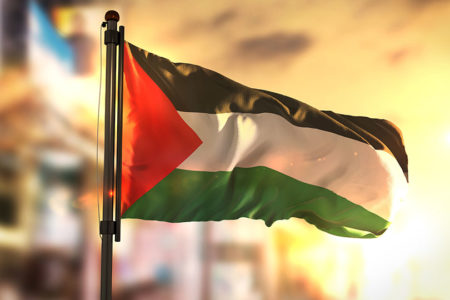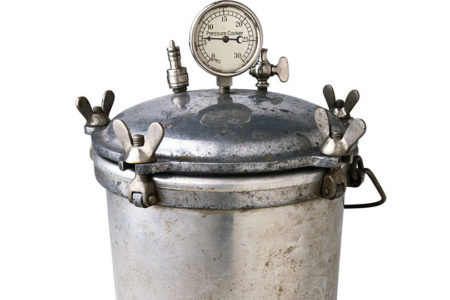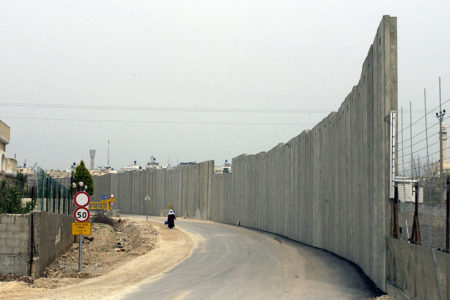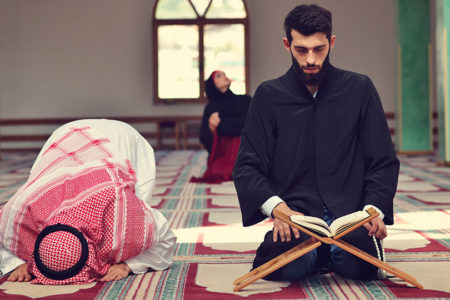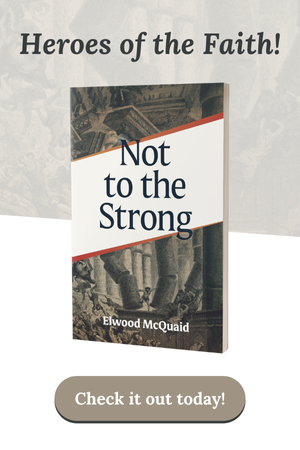Myths/Facts: Israel & the Middle East Nov/Dec 2005
When serious negotiations begin over the final status of the West Bank, battle lines will be drawn over which settlements should be incorporated into Israel and which must be evacuated.
In Gaza, Israel’s intent was always to withdraw completely, and no settlements were viewed as vital to Israel for economic, security, or demographic reasons. The situation in the West Bank is completely different. The disengagement from Gaza involved only 21 settlements and approximately 8,000 Jews; more than 100 settlements with a population of roughly 240,000 are located in Judea and Samaria.
Any new evacuation from the West Bank will involve another gut-wrenching decision that most settlers and their supporters will oppose with even greater ferocity than the Gaza disengagement. Most Israelis, however, have no opposition to withdrawing from small and isolated communities. About half of the settlements have fewer than 500 residents.
Approximately two-thirds of the Jews in the West Bank live in five settlement “blocs” that are all near the 1967 border; one-third live outside these blocs. Most Israelis believe these blocs should become part of Israel when final borders are drawn. These are considered the “consensus” settlements.
As the table shows, these are large communities with thousands of residents. Evacuating them would be the equivalent of dismantling major American cities the size of Maryland’s capital, Annapolis; Juneau, Alaska; or Augusta, Georgia.
Ma’aleh Adumim is a suburb of Israel’s capital, barely three miles outside Jerusalem’s city limits, a ten-minute drive away. It is not a recently constructed outpost on a hilltop; it is a 30-year-old community that is popular because it is clean, safe, and close to where many residents work. It is also the largest Jewish city in the territories, with a population of 27,300. Approximately 6,000 people live in surrounding settlements that are included in the Ma’aleh bloc. Israel has long planned to fill in the empty gap between Jerusalem and this bedroom community (referred to as the E1 project). The corridor is approximately 3,250 acres and does not have any inhabitants, so no Palestinians would be displaced. According to the Clinton Plan, Ma’aleh was to be part of Israel.
The ‘Consensus Settlements’
| BLOC | NUMBER OF COMMUNITIES | POPULATION | AREA (sq. miles) |
|---|---|---|---|
| Ma’aleh Adumim | 6 | 33,000 | 28 |
| Modiin Illit | 4 | 31,205 | 2 |
| Ariel | 5 | 38,909 | 47 |
| Gush etzion | 18 | 42,322 | 10 |
| Givat Ze’ev | 5 | 14,604 | 3 |
| TOTAL | 48 | 160,039 | 90 |
The Gush Etzion Bloc consists of 18 communities with a population of more than 42,000 just 10 minutes from Jerusalem. Jews lived in this area prior to 1948, but the Jordanian Legion destroyed the settlements and killed 240 women and children during Israel’s War of Independence. After Israel recaptured the area in 1967, descendants of those early settlers reestablished the community. The largest of the settlements is the city of Betar Illit, with more than 24,000 residents.
The Givat Ze’ev bloc includes five communities just northwest of Jerusalem. The city called Givat Ze’ev, with a population of nearly 11,000, is by far the largest in the Givat Ze’ev bloc.
Modiin Illit is a bloc with four communities. The city of Modiin Illit is by far the largest with more than 26,000 people situated just over the Green Line, about 23 miles northwest of Jerusalem and the same distance east of Tel Aviv.
Ariel is now the heart of the most populous bloc of settlements. The city is located just 25 miles east of Tel Aviv and 31 miles north of Jerusalem. Ariel and the surrounding communities expand Israel’s narrow waist (which was just nine miles wide prior to 1967) and ensure that Israel has a land route to the Jordan Valley in case Israel needs to fight a land war to the east. It is more controversial than the other consensus settlements because it is the farthest from the 1949 Armistice Line, extending approximately 12 miles into the West Bank. Nevertheless, former Prime Minister Ehud Barak’s proposal at Camp David included Ariel among the settlement blocs to be annexed to Israel; the Clinton Plan also envisioned incorporating Ariel within the new borders of Israel.
Most peace plans, including former U.S. President Bill Clinton’s, assumed that Israel would annex sufficient territory to incorporate 75-80 percent of the Jews currently living in the West Bank. Using the figures in the accompanying table, however, it appears that Israel would fall short of that demographic goal even if these five blocs were annexed. The total population of these communities is approximately 160,000, which is roughly 68 percent of the estimated 236,000 Jews living in Judea and Samaria. The expectation, however, is that roughly one-third of the Jews living in other settlements will move into these blocs, which would bring the total close to 80 percent, but still require Israel to evacuate another 50,000 people.
In 1995, Prime Minister Yitzhak Rabin said Israel would keep the settlement blocs of Ma’aleh Adumim, Givat Ze’ev, and Gush Etzion. Prior to the 2000 Camp David Summit, even Palestinian negotiator Saeb Erekat said the Palestinians could accept Israel holding onto Ma’aleh Adumim and Givat Ze’ev.
At Camp David, Israel insisted that 80 percent of the Jewish residents of Judea and Samaria would be in settlement blocs under Israeli sovereignty. President Clinton agreed and proposed that Israel annex 4 to 6 percent of the West Bank for three settlement blocs to accomplish this demographic objective and swap some territory within Israel in exchange.
Recognizing the demographics of the area, President George W. Bush acknowledged the inevitability of some Israeli towns in the West Bank being annexed to Israel in his 2004 letter to Prime Minister Sharon. In his meeting a year later with Palestinian Authority President Mahmoud Abbas, however, he seemed to hedge his support by saying that any such decision would have to be mutually agreed to by Israelis and Palestinians. Nevertheless, the future border is likely to approximate the route of the security fence, given the Israeli prerequisite (with U.S. approval) of incorporating most settlers within Israel.
Would the incorporation of settlement blocs prevent the creation of a contiguous Palestinian state? A look at a map shows that it would not. The total area of these communities is only about 1.5 percent of the West Bank. A kidney-shaped state linked to the Gaza Strip by a secure passage would be contiguous. Some argue that the E1 project linking Ma’aleh Adumim to Jerusalem would cut off east Jerusalem, but even that is not necessarily true as Israel has proposed constructing a four-lane underpass to guarantee free passage between the West Bank and the Arab sections of Jerusalem.
Ultimately, Israel may decide to unilaterally engage from the West Bank and determine which settlements it will incorporate within the borders it delineates. Israel would prefer, however, to negotiate a peace treaty with the Palestinians that would specify which Jewish communities will remain intact within the mutually agreed border of Israel, and which will need to be evacuated. Israel will undoubtedly insist that some or all of the “consensus” blocs become part of Israel.
From Myths & Facts Online—A Guide to the Arab-Israeli Conflict by Mitchell G. Bard www.JewishVirtualLibrary.org.
Used by permission.

